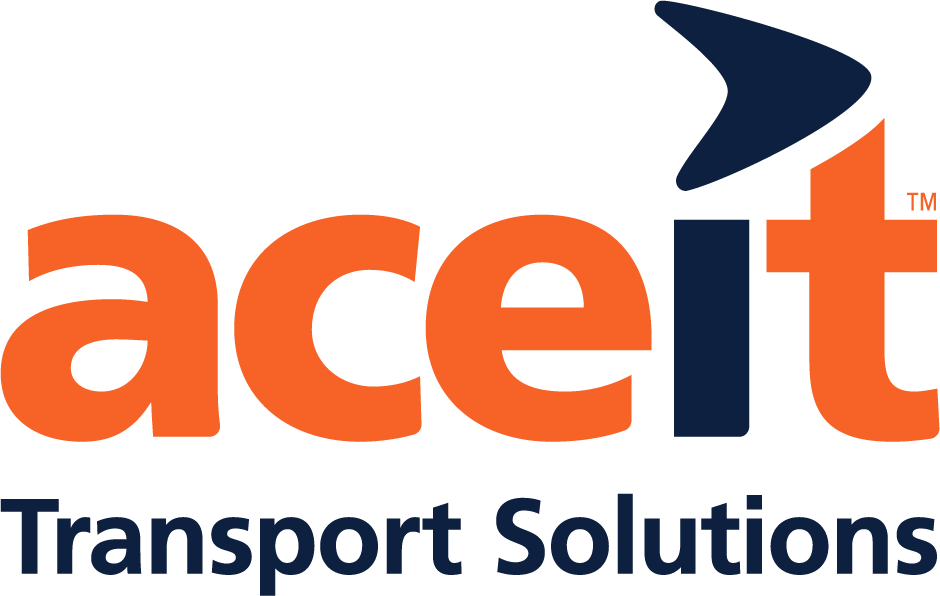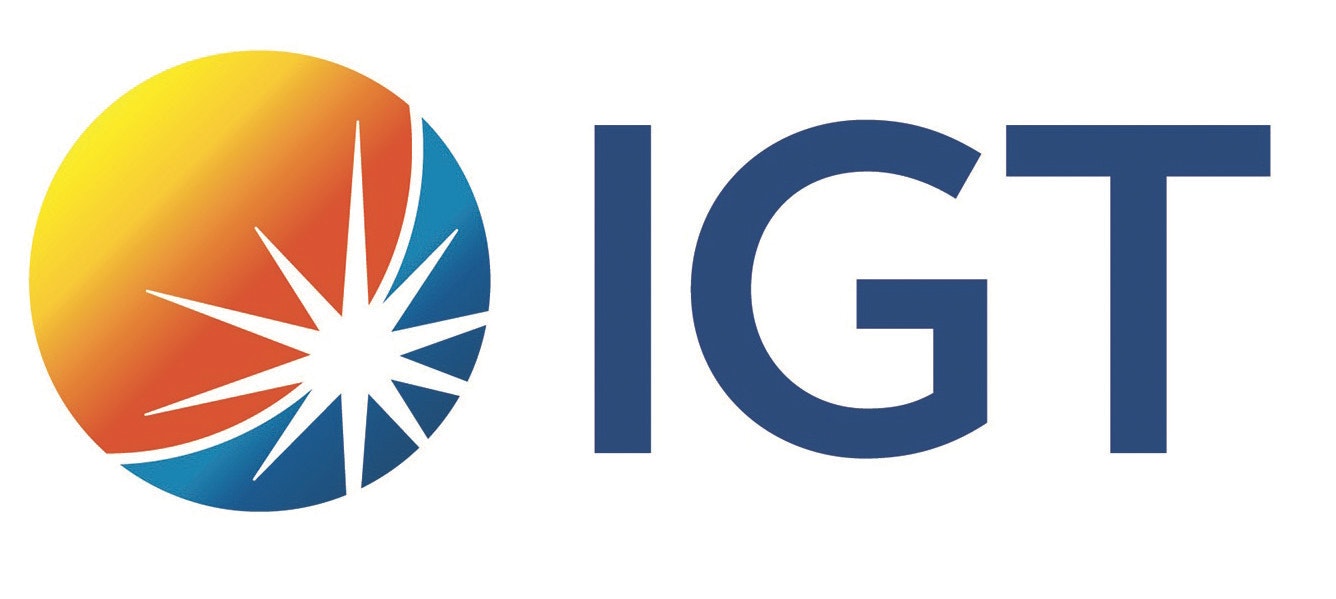
New report highlights $80m economic contribution of SANFL Clubs
Report highlights
- $9.858m annual economic contribution by each SANFL Club, including $4.773m in direct expenditure.
- 2 full-time equivalent jobs (involving 122 people) supported by each Club.
- 47 volunteers per club contributing a total of 9,300 voluntary hours.
- $912,800 lifetime physical and mental health benefits.*
10 December 2021
SANFL has today released a new report detailing the significant economic contributions of South Australia’s State League Clubs, which is estimated at $80 million per annum.
The report found that each of the eight SANFL Clubs contribute $9.9 million annually, with more than $4.7 million of that attributable to direct club expenditure such as social activities, events, food and beverage, player and coaching payments, staff wages, match expenses and player development.
It also found that each Club supports an average of 39.2 full-time equivalent jobs and delivers more than $36,000 in an annual physical and mental health benefits by contributing toward the prevention of chronic disease and mental illness.
The significant role participants, supporters and volunteers play in the overall economic contribution of SANFL Clubs was also a key feature of the report. It found that each club has an average of 47 volunteers who provide an equivalent labour contribution in excess of $200,000 and a total of more than 9,000 volunteer hours across the eight Clubs.
Through expenditure on memberships, tickets, merchandise, fundraising and events, members and spectators contributed an average of $1.5 million per club, while players and football program participants contributed an average of more than $350,000 across each of the eight Clubs through registration fees and other expenditure.
SANFL CEO Darren Chandler said the report, commissioned by SANFL, reinforced the social and economic benefits of South Australian football and underlined the need for continued investment, especially facilities funding, in SANFL Clubs to support the continued growth of the game.
“We’ve long understood the role that football clubs play in building better communities across South Australia; however, this report is the first time we’ve really been able to quantify these benefits from both a social and economic perspective,” Mr Chandler said.
“As the report shows, the ability of SANFL clubs to deliver these benefits relies heavily on the hard work of many, from players to coaches, staff, volunteers, supporters and club members.
“For us at SANFL, one of the key takeaways is the need for continued investment in our clubs to support increased levels of participation, which is being driven by the SANFL and its eight League Clubs across the state. It is critical that the most talented players (both male and female) have the opportunity to pursue their dreams at quality facilities at SANFL Clubs. This is more important now than ever, with the incredible growth in junior football and female participation and the need to provide the opportunities for the most talented of the 8,000 women and girls registered to play footy across SA.”
“SANFL already has a number of significant facilities projects underway to facilitate increased ground utilisation and female participation, including new female friendly changing facilities and away rooms at Central District, new lighting for Playford International School, new facilities at Unley Oval, recently completed female friendly changerooms for Glenelg Football Club and a number of other exciting projects that we expect to be announced shortly.”
Mr Chandler said the report’s findings supported previous studies commissioned by the AFL into the economic and social benefits of community football clubs.
“Pleasingly, we’ve already seen significant investment from state governments over the past five years into community football facilities through grassroots infrastructure funding. This remains a strong focus and supports football being the most participated club-based sport in the State,” he said.
“SANFL is committed to working with clubs, governments and councils to appropriately plan and deliver upgrades that ensure that our State can continue to realise the significant social and economic benefits football delivers.”
In order to account for the disruptions caused by COVID-19 and to ensure the report provided an accurate representation of the true social and economic contributions of SANFL Clubs during an ordinary year, 2019 and 2019-20 financial year data was used as the base for relevant calculations.
*Socio-Economic Contribution of SANFL Clubs, August 2021, by Street Ryan.
view full report here
View AllRelated News
-
 Club News
Club NewsGAME DAY GUIDE | Round 13 vs Adelaide
-
 Juniors
Juniors2025 SANFL U15 Intrastate Championships Results
-
 Team Selections
Team SelectionsRound 13 Team Selections | Season 2025
-
 Club News
Club NewsCrafting Homes & Kicking Goals: Meeting the Adelaide Green Homes Team
-
 Club News
Club NewsSANFLW Match Wrap | Round 14
-
 Club News
Club NewsReeva’s Match Wrap | Round 12
-
 Team Selections
Team SelectionsRound 12 Team Selections | Season 2025
-
 Team Selections
Team SelectionsSANFLW Round 14 Team Selections | Season 2025






























